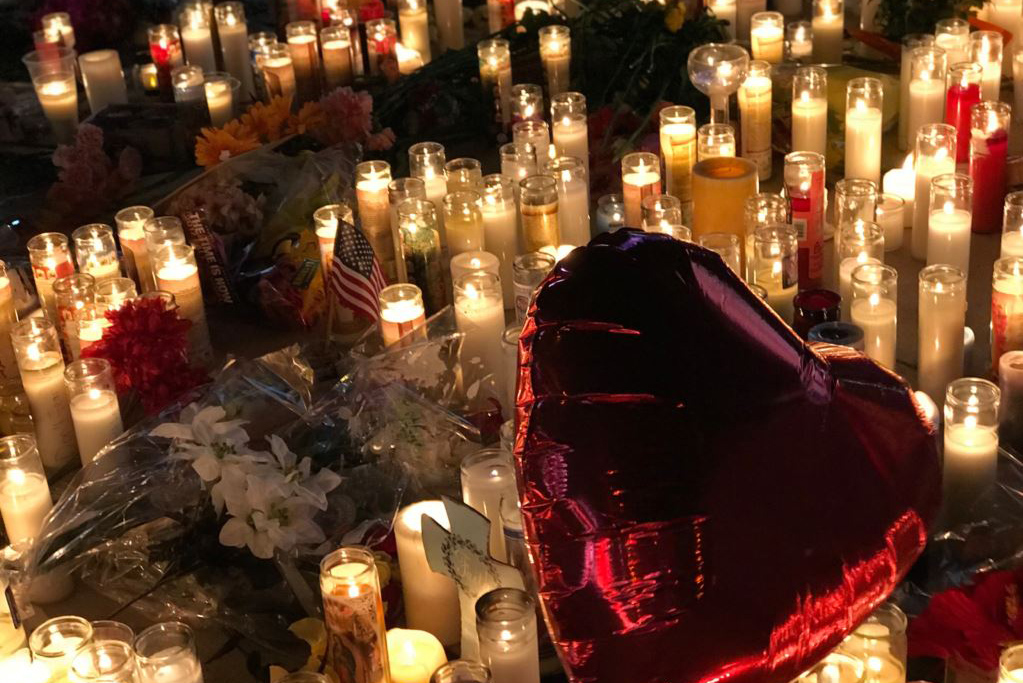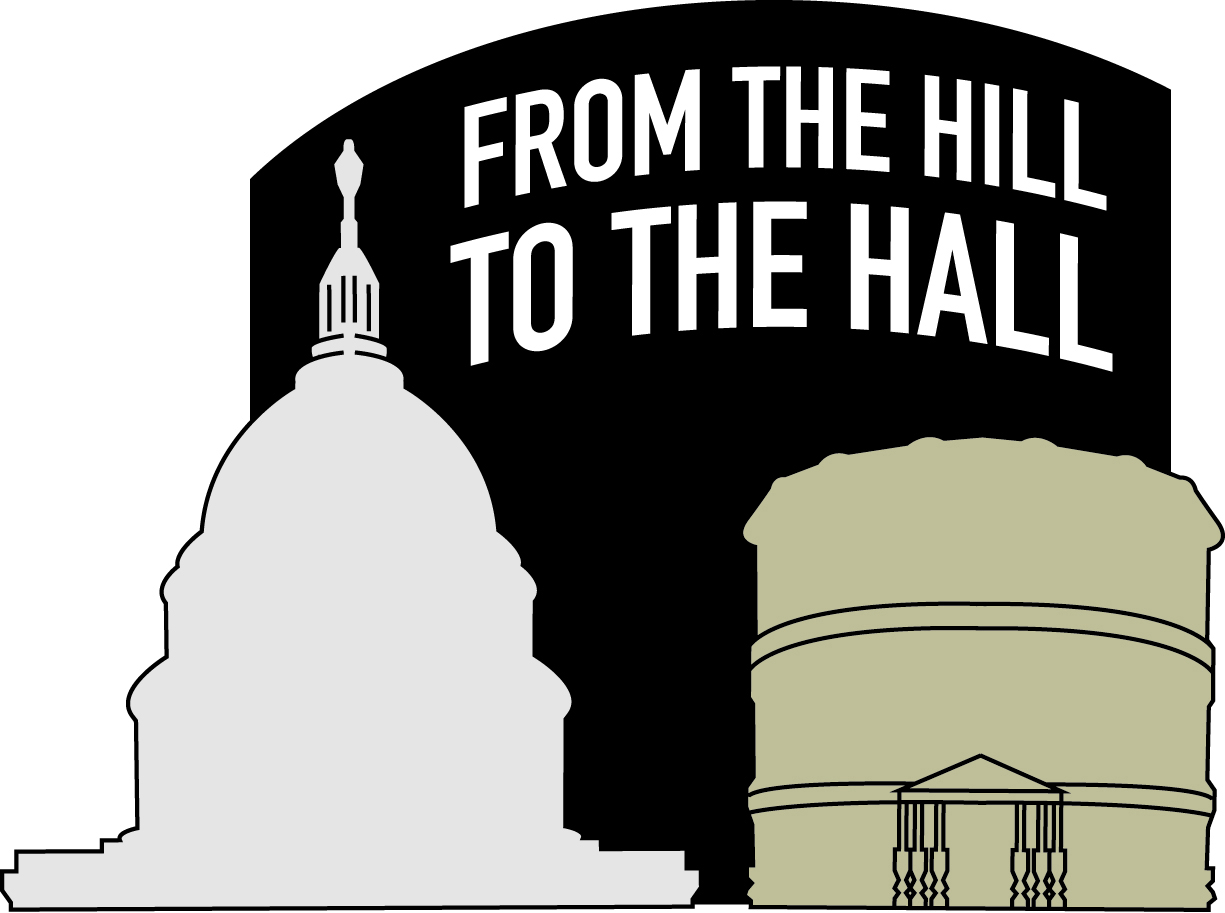Time is the essence of May Day
This Saturday, May 1, is May Day, Portland’s favoritenon-governmental, non-bank, non-Hallmark holiday, rivaled only byArbor Day and 4/20. Its roots are in Pagan religion and the bloodystruggle in the United States for an eight-hour workday at the endof the 19th century. The international labor day is a chance forWiccans and hippies to beckon the fertility goddess with spinningdances around the may pole, a time for growers to plant seeds,lovers to surprise each other with goodies, and labor unions,families, students, anarchists and everyone else to protestinjustice.
My May Day wishes this year are pretty reasonable: a shorterwork week with flexible work schedules (which I’ll discuss below),a living wage for all, fair trade, 50,000 new Portland jobs, a newpresident in November and a puppy.
Since New Bush has been in office, Portland has had someinteresting and eventful May Days – all of which I have been ableto attend. In 2000, several hundred people gathered for anon-permitted march. The march protested issues at City Hall, Sen.Gordon Smith’s office, the Forest Service building and finallyPowell’s, where workers were fighting for a better contract. Thingsturned ugly as the police responded to marchers’ random movementswith the typical deluge of pepper spray, rubber bullets and bigsticks.
In response, the 2001 march focused on free speech, asorganizers fought for the right to march without a permit. Themarch was attended by several thousand, a potential record and wentwithout a hitch.
The 2002 focus was on immigrant rights and to include a largernumber of people of color. The march was led by immigrant rightsgroups and headed to the INS, Taco Bell and Fred Meyer, wherejanitors were fighting for a contract.
The Carpenters’ Union took over organizing in 2003 and reachedout to union members. I don’t remember any themes other than:unions are good. The march was permitted and somewhat smaller.
The Carpenter’s and International Workers of the World (I.W.W.)unions are organizing again in 2004. Honorary Oregonian DennisKucinich and other politicians are slated to speak, but accordingto some Indy Media Web posts, having politicians speak isn’t themost popular idea. I don’t know yet what specific themes will bediscussed, but as usual they will revolve around labor issues.
There are many labor issues that need addressing. One of themost important is the fight for a shorter workweek with flexiblehours. Those lucky enough to be gainfully employed are working morethan ever. According to the International Labor Organization,workers in the United States work nine weeks more on average thanContinental Western Europeans. Productivity in the U.S. is severaltimes what it was in the ’30s, and most U.S. workers have put inmore than 40 hours a week for the past sixty years, while millionsof other U.S. citizens are without work.
U.S. workers now work almost 2,000 hours annually and work anaverage of 200 hours more in 2000 than in 1973; worker productivityper hour nearly doubled during the same period. This made manyricher monetarily, but not necessarily emotionally richer, aspeople took their increases in labor productivity in the form ofincreased consumption money instead of time.
The campaign for work reform has been active in a number ofnon-profits and unions since the ’30s, when a thirty-hour week wasalmost voted into law. The Fair Labor Standards Act made theforty-hour workweek mandatory in 1938, but was the standard sincethe large May Day protests calling for it in 1886. Five yearsearlier, on April 6, 1933, the Senate passed a bill that would havemade the standard workweek 30 hours. The bill, which failed in theHouse, was an effort to reduce a national unemployment rate thatstood at 25 percent.
Like various campaigns today, the bill had support from laborand religious leaders who argued that working people needed timefor family, education, recreation and spirituality as much as theyneeded higher wages. Proponents of work reform argue that botheducated and lay workers in various industries suffer from timefamine – not enough time to lead a healthy life, especially with afamily. Fewer hours would also create more jobs for theunemployed.
Overwork is so persistent because it is good for business – andit is business, not labor, which usually dictates the norm. It ismore profitable to employ a small work force for long hours. Thebenefit costs are lower, employers can be more selective about whomthey hire, and hours are an over-simple gauge of commitment.Employees who dislike the long hours have typically had to changejobs, or even occupations, to gain free time.
For any change to happen, it will take a major worker fight. Toget there, what is really needed is a serious value shift – timeand health must be valued over monetary wealth. The harmful effectsof working more hours must be acknowledged: Stress is a leadingcause of heart disease and weakened immune systems; consumption offast foods and lack of time for exercise has led to an epidemic ofobesity and diabetes; working parents have less time to spendraising their kids right and being involved in their communities.Should we simply blame the TV and video games for kids gone astrayor examine why parents use these virtual babysitters?
In addition to being a fun day of marching in solidarity with anumber of causes and educating ourselves about may poles, Saturdayis a day to think about the work we do (or will be doing) and itsconsequences. The students of today are the workers of tomorrowwho, believe it or not, can re-define the rules and improve ourlives, families and communities with the valuable commodity oftime.




